Can You Solve 15 of History’s Toughest Ciphers and Codes?
The mysterious Phaistos Disc discovered by archeologist Luigi Pernier dates back to around 1700-1600 BC and is one of the most controversial inscriptions in the world of codes and ciphers. Could it really have been cracked by archeologist Gareth Owens in 2022 or is that wishful thinking? Even Owens says he’s only 99 percent there.

Are you up for a challenge?
We've rounded up 15 of the most intriguing and enigmatic codes and ciphers from around the world. Some have already been cracked, while others still baffle the brightest minds. Come along as we explore this captivating collection and see if you have what it takes to crack them.
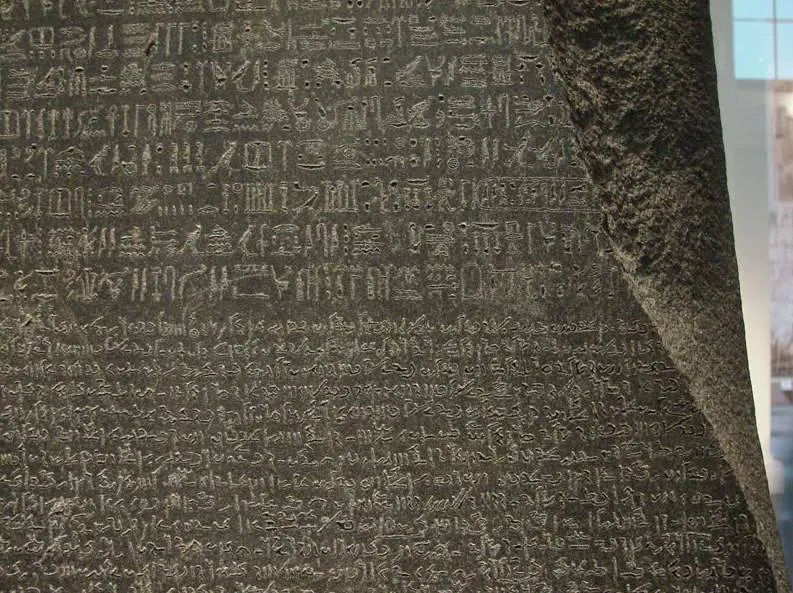
15. The Rosetta Stone
Egypt’s unsolved mysteries and hieroglyphics are another rich area of study as is the Rosetta Stone, an arresting black stone carved with ancient texts - two Egyptian texts and a Greek one - the key to deciphering Egyptian hieroglyphs. The writing is a decree about the king (Ptolemy V, r. 204–181 BC) copied onto large stone slabs and put into every temple in Egypt. The Rosetta Stone was found broken and incomplete. It features 14 lines of hieroglyphic script.
Hint: The text says that the priests of a temple in Memphis, Egypt supported the king. Before you jump straight to the translation, find out more about this historical gem which is housed in the British Museum.
Solution: You can read what the Museum describes as the ‘full translation’ here.

14. Edgar Allan Poe’s Challenge
Edgar Allan Poe loved puzzles - The Gold Bug was even based on a cipher mystery - and in 1840, Poe offered a free subscription to Graham’s Magazine to readers who could outwit him. After six months, Poe claimed to have solved 100 ciphers but published two additional ones, allegedly submitted by a “Mr. W. B. Tyler” (possibly a pseudonym) to end the contest. The first was solved by Terence Whelan, author of Edgar Allen Poe and the Masses while he was a student trying to avoid working on his dissertation. Can you solve the puzzle above? Poe's second cipher - which contains about 150 words and little character repetition - remained unsolved until 2000.
Hint: There are typesetting errors in the original code.
Solution: Click here to find the solution to the first puzzle and the second cryptogram.

13. The Zimmermann Telegram
The Zimmermann Telegram was a secret diplomatic communication issued in WWI from the German Foreign Office in January 1917 that proposed Germany and Mexico form a military alliance if the US entered the war. Germany offered to help Mexico recover Texas, Arizona, and New Mexico in exchange for Mexico’s support. The telegram was intercepted by British intelligence, however, which deciphered the code and passed the intel to the Americans. It marked one of the earliest occasions on which a piece of signal intelligence influenced world events.
Hint: To understand the background surrounding The Zimmermann Telegram, listen to our SPYSCAPE podcast True Spies.
Solution: Click here for the decode worksheet for The Zimmermann Telegram and background information.

12. Conan Doyle, Sherlock Holmes & the Dancing Men Cipher
Given Sherlock Holmes’ love of encrypted personal messages buried in The Times’ ‘agony column’, it was perhaps inevitable that Sir Arthur Conan Doyle would invent his own secret alphabet in The Adventure of the Dancing Men. Can you solve Conan Doyle’s substitution cipher?
Hint: Look for single-letter words and count the number of times each symbol appears. Also, keep an eye out for apostrophes or repeated letter patterns.
Solution: You will find more of Conan Doyle’s cipher and its solution in The Return of Sherlock Holmes, The Adventure of the Dancing Men.
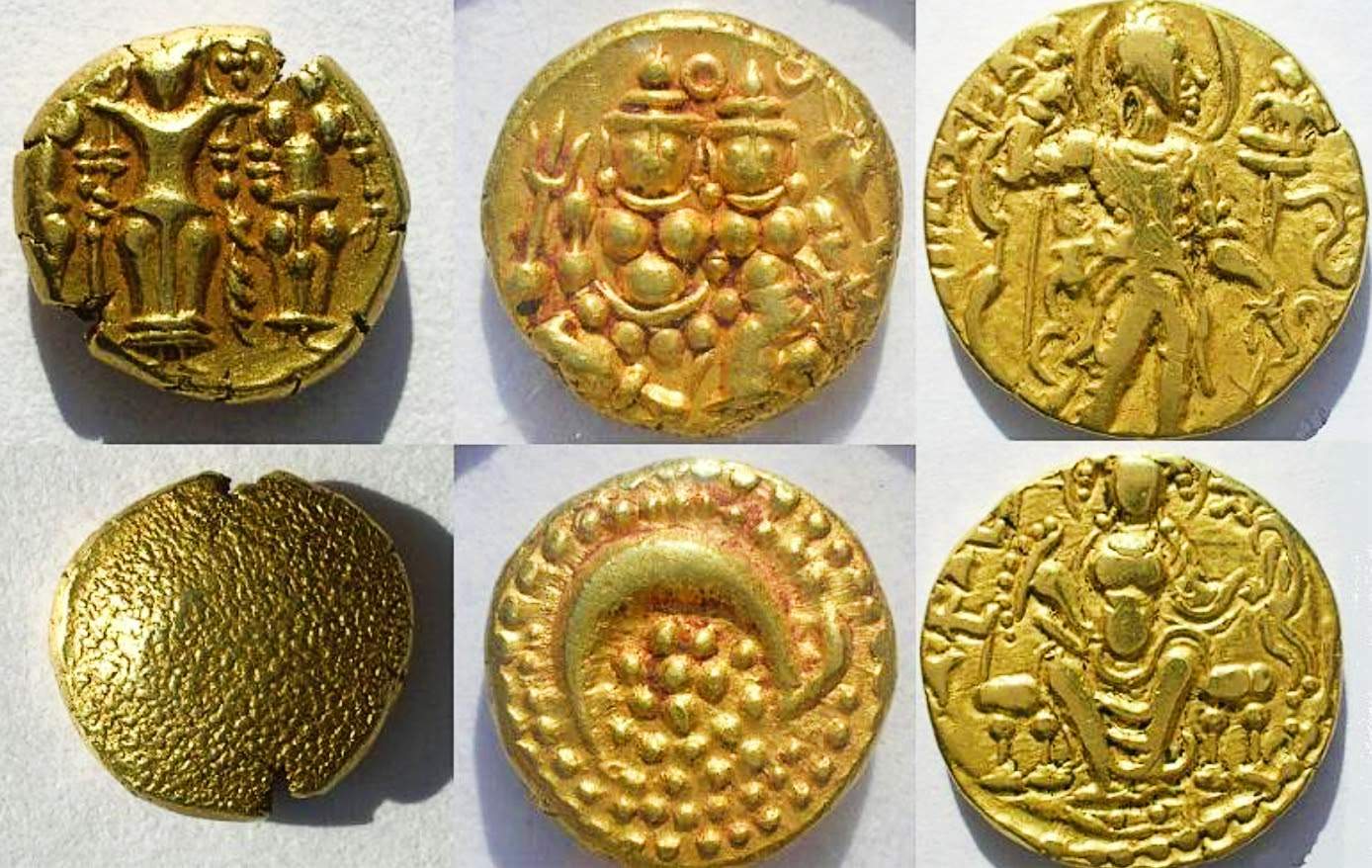
11. China's Yuan Dynasty Coin Inscriptions
Chinese numismatists are baffled by six centuries-old Indian coins discovered in Hunan province in the 1960s - so much so, they offered a $1,500 reward to anyone who can decipher the inscriptions and shed light on the etchings. The coins were found inside a small, glazed pot which arrived at Jinshi City's museum in the 1980s. The front of the coins are believed to bear the name of a king, written in a rare form of Arabic, but archeologists are puzzled about the etchings on the back of the coins.
Hint: The coins were manufactured in the Delhi Sultanate, the main Muslim sultanate in northern India, around the late 13th century during China's Yuan dynasty.
Solution: You’ll need to discover the solution to claim the prize money.

10. Australia’s Somerton Man
Australia is so obsessed with Somerton Man the authorities exhumed his body in 2021. The well-dressed man was found on an Adelaide beach, slumped against a seawall in 1948. He carried no ID. His clothing labels were removed. His pocket held a ripped piece of paper - torn from a poetry book, the Rubaiyat of Omar Khayyam - with the Persian words Tamam Shud, which means ‘it is finished’. The book itself revealed another clue: a handwritten message or code that has never been deciphered. The coroner suspected Somerton Man was poisoned but couldn’t be certain. Australia hopes DNA tests will finally reveal his identity and cause of death but what about the code?
Hints: There are no hints, just a few curious coincidences. The code was written in the Rubaiyat of Omar Khayyam, a poetry book that was not found at the crime scene. John Freeman, a chemist, later handed the book over to the police. Its pages also revealed a phone number for Jessie Thomson, a nurse who claimed she did not know Somerton Man.
Solution: Unsolved.

9. The MIT Cryptographic ‘Time-Lock’ Puzzle - LCS35
Ron Rivest, co-inventor of the RSA algorithm - an asymmetric cryptography algorithm for encrypting online communications - devised a ‘time-lock’ puzzle in 1999. Rivest estimated it would take 35 years to solve but Bernard Fabrot, a self-taught Belgian programmer, came up with the solution 15 years early. Rivest's problem is this: compute 2^(2^t) (mod n) for specified values of t and n.
Hint: The puzzle is an example of a verifiable delay function, which means the answer can only be solved after a certain number of steps. It uses the ideas described in the paper Time-lock puzzles and timed-release Crypto.
Solution: You will find a description of the solution here.

8. Dorabella Cipher
Edward Elgar, the composer of the Enigma Variations, wrote coded notes to Dora Penny in the late 1800s. She was the daughter of a British vicar and 17 years his junior. If the correspondence was an expression of love, however, his deepest desires were lost on Dora. She never did decipher the contents. Mark Pitt, a member of Cleveland Police's specialist operations unit, later claimed he cracked the code using a revolving cipher and a musical cipher but hasn’t revealed the answer.
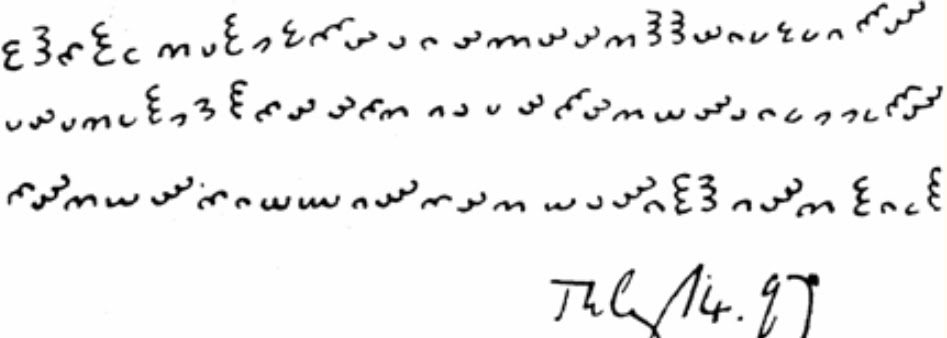
Hint: The cipher appears to be made up of 24 symbols, each symbol consisting of 1, 2, or 3 approximate semicircles oriented in one of eight directions.
Solution: Pitt believes the cipher is a romantic note and he is writing a book on the topic.
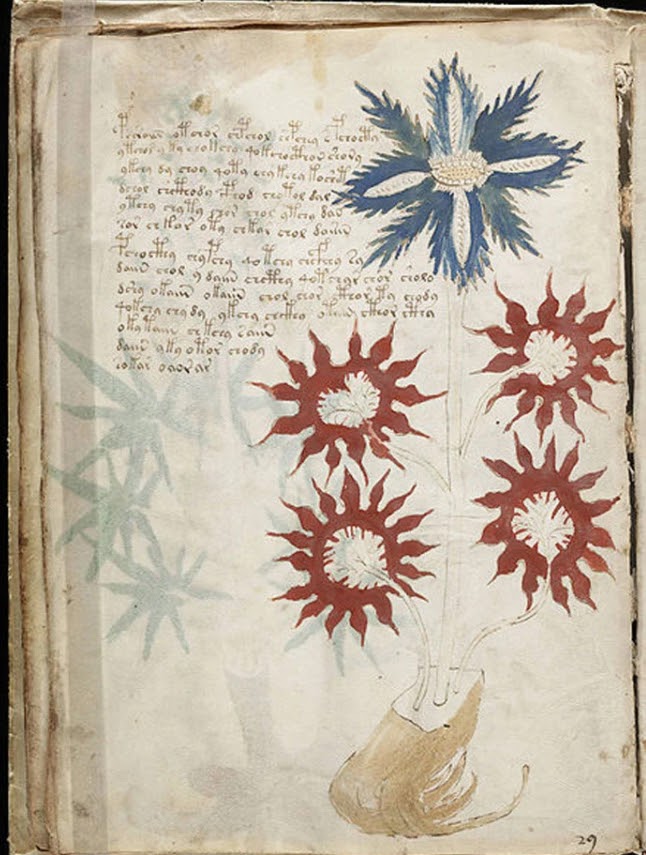
7. The Voynich Manuscript
Cryptographers still haven’t been able to crack the Voynich code, leading some to believe it may be a hoax. Yale University Press released the first authorized copy of the mysterious, centuries-old puzzle in 2015. The original, illustrated manuscript, believed to date back to the 14th century, is handwritten in a script unrelated to European languages. The alphabet has up to 28 characters, used without punctuation throughout the text.
Hint: There is strong evidence that many of the book's bifolios were reordered at various points in its history.
Solution: Unsolved.
.webp)
6. The Vigenère Cipher
You may have already heard about the Vigenère Cipher, a method of encrypting alphabetic text that uses a simple form of polyalphabetic substitution. It was so effective it took more than 300 years before British mathematician and computer pioneer Charles Babbage finally cracked it in 1854 (a feat worthy of a Guinness Record for longest time to crack a code. Here's a simple cipher to get your started:
KEWKEAEI ZPQ KGT ILAH AARHTV LTQL HOG FMSBAPG RSVT ZJGAZIJH. GX AOJ'ZW HMDXES XZXQ, OGLA HGCC!
Hint: The key is SPYSCAPE. And if the old-school methods aren't working, you can find an online method to help code or decode.
Solution: See the bottom of this page.
5. AES
One of the hardest codes to crack is arguably the US government’s Advanced Encryption Standard (aka Rijndael or AES) which the Americans use to protect top-secret information. AES is considered unbreakable by even the most sophisticated hackers. It is a symmetric block cipher and it is also used by online services like banking and online shopping.
Hint: AES includes three block ciphers and each cipher encrypts and decrypts data in blocks of 128 bits using cryptographic keys of 128, 192 and 256 bits. So, AES-128 uses a 128-bit key length to encrypt and decrypt a block of messages; AES-192 uses a 192-bit key length to encrypt and decrypt a block of messages, and; AES-256 uses a 256-bit key length to encrypt and decrypt a block of messages.
Solution: Unsolved. And if you do solve it, expect a knock on the door.
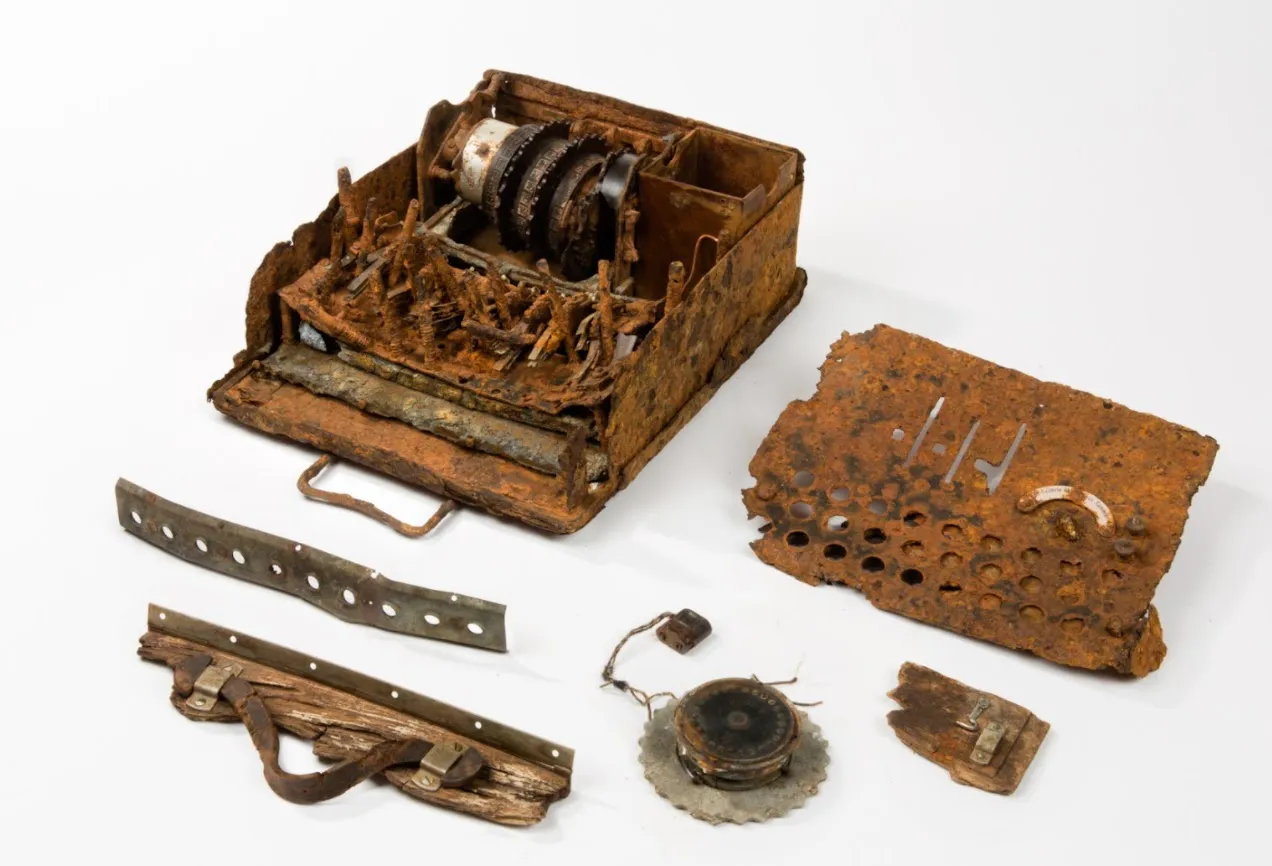
4. Three Enigma messages
Believe it or not, it appears that up until 2006 there were three Enigma messages leftover from 1942 that had still not been decrypted. Are you up for the challenge?
Hint: The Enigma @ Home project set out to solve the three messages using spare CPU cycles on members’ computers.
Solution: Click here for the solution.
"The brand new social experience where you activate your gaming skills as you train like a spy."
- TimeOut
Take on thrilling, high-energy espionage challenges across different game zones.

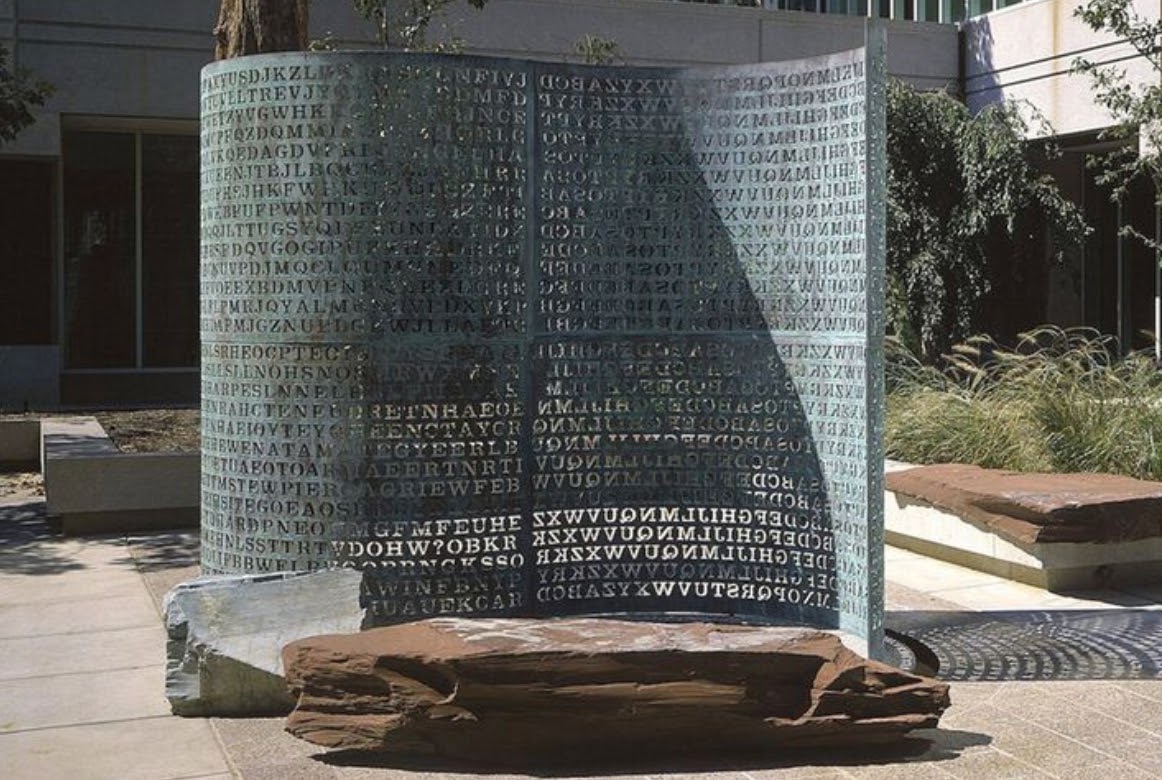
3. Kryptos at CIA HQ
The Kryptos puzzle at the CIA’s Langley, Virginia HQ confounds agents, academics, computer scientists, and anyone else who dreams about solving it. The 12-foot copper statue, erected in 1991, seems to display a collection of random letters but it is a riddle for the ages. Only three of the four passages have been decrypted. Can you solve it? Here’s the Kryptos puzzle in full:

Hints: Northeast, Berlin, and clock are hints to the Kryptos riddle.
Solution: Here is the partial solution solved by the NSA.
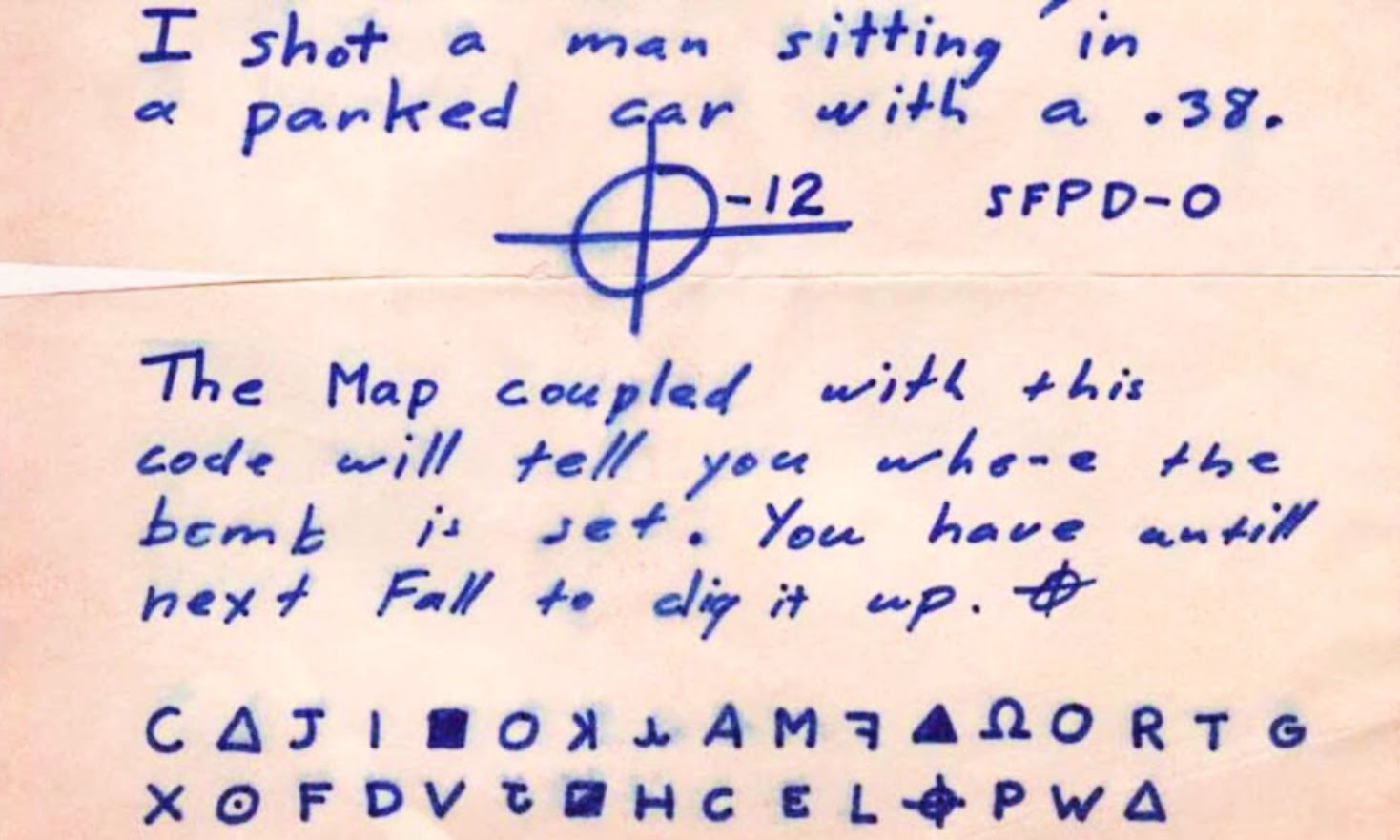
2. Zodiac Killer
French engineer Fayçal Ziraoui claims to have cracked the Zodiac killer’s last two ciphers which have puzzled California police for more than 50 years. Not everyone is convinced, but that doesn’t mean he’s wrong. Ziraoui also claims to know the killer’s name and sent his findings to the FBI and San Francisco Police Department. Neither has commented, citing the ongoing investigation.
Hint: Ziraoui used the Z340 key and translated the remaining letters into numerical digits, using A for 1, B for 2, C for 3, and so on. He ended up with a set of 13 numbers.
Solution: Read on for the solution and - if Ziraoui is correct (some people don't believe that he is) - the name of the Zodiac killer.

1. The Beale Papers
Are the Beale Papers a map to a hidden treasure or a hoax? Whoever cracks the 19th-century code could uncover $50m in gold, silver, and jewels - or waste a lot of time. As the story goes, Thomas J. Beale rode into Lynchburg, Virginia in 1820 where he remained for a short time - never speaking about his background or the purpose of his visit. He left a strongbox with a hotel owner and disappeared. Eventually, in 1845, the locked box was opened and sheets of paper filled with numbers were found inside. They supposedly revealed information about a buried treasure, with a promise of a key to unlock the ciphers but the key was never received.
Hint - The second Beale cipher contains about 800 numbers, beginning with the sequence; 115, 73, 24, 807, 37... Each number corresponded to a word in the Declaration of Independence.
Solution: Unsolved. Progress has been made on Beale’s second cryptogram, however. Click here for the three Beale cipher texts and background.
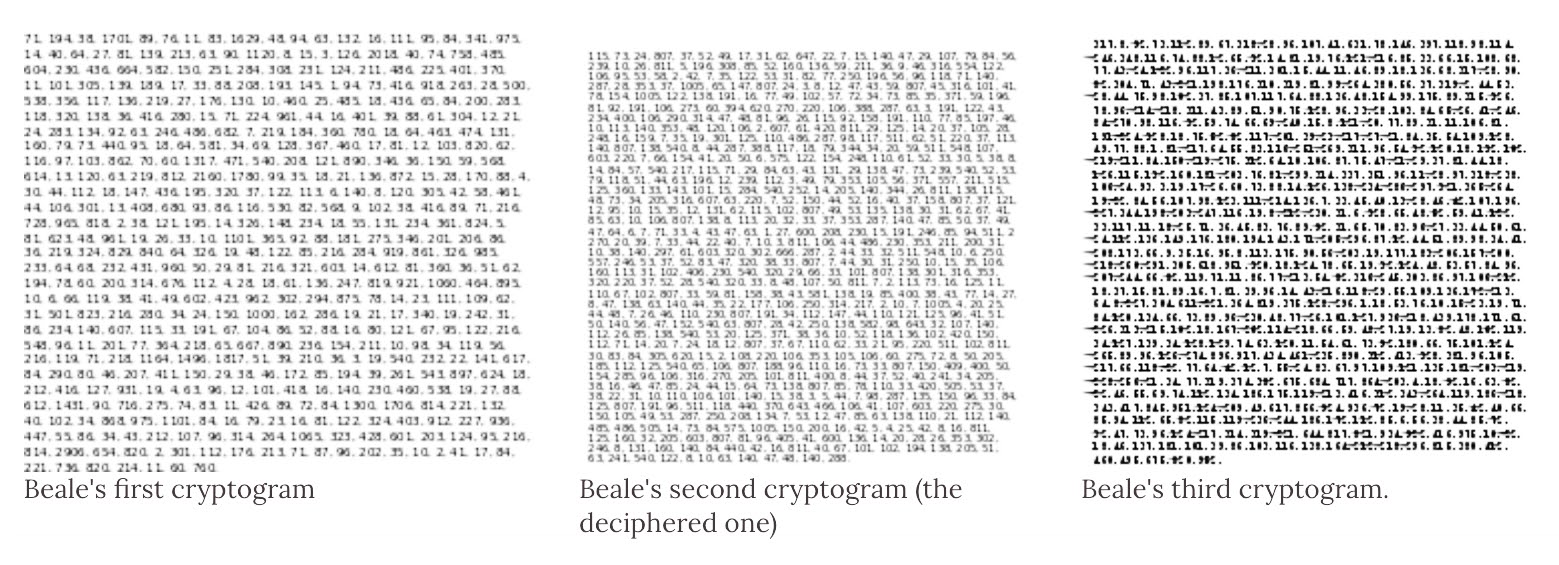
SPYSCAPE+

Join now to get True Spies episodes early and ad-free every week, plus subscriber-only Debriefs and Q&As to bring you closer to your favorite spies and stories from the show. You’ll also get our exclusive series The Razumov Files and The Great James Bond Car Robbery!


Gadgets & Gifts
Explore a world of secrets together. Navigate through interactive exhibits and missions to discover your spy roles.
Your Spy Skills
We all have valuable spy skills - your mission is to discover yours. See if you have what it takes to be a secret agent, with our authentic spy skills evaluation* developed by a former Head of Training at British Intelligence. It's FREE so share & compare with friends now!
* Find more information about the scientific methods behind the evaluation here.


Stay Connected
Follow us for the latest
TIKTOK
INSTAGRAM
X
FACEBOOK
YOUTUBE